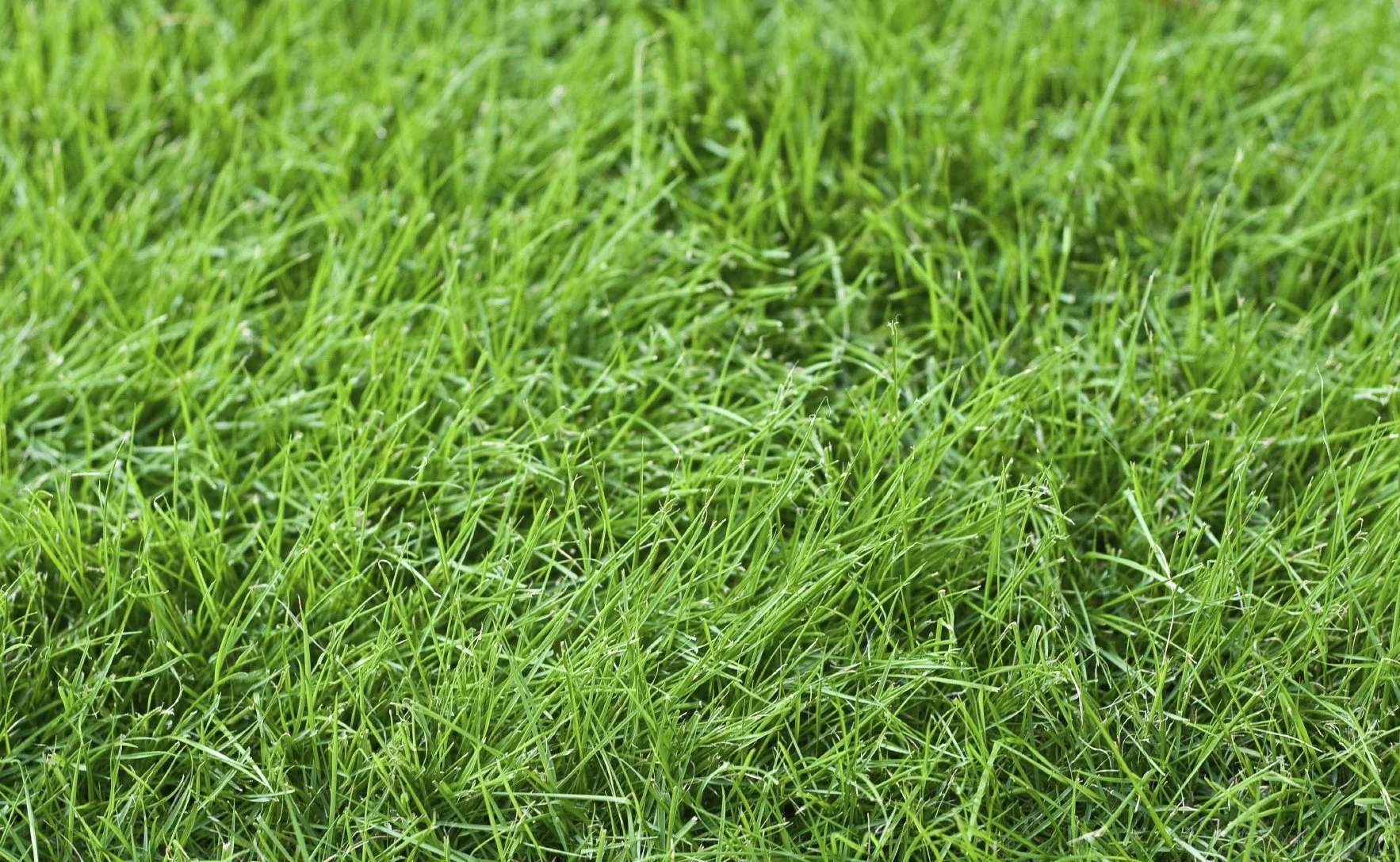Fine Fescue is a type of grass that is known for its fine texture and low maintenance requirements. It is a popular choice for lawns, golf courses, and parks because of its drought tolerance, shade tolerance, and disease resistance. In this article, we will provide a comprehensive guide to planting and maintaining Fine Fescue.
Overview of Fine Fescue
Fine Fescue is a type of grass that is native to Europe and Asia. It belongs to the genus Festuca and is known for its fine texture, which makes it an excellent choice for lawns and golf courses.
Benefits of Planting Fine Fescue
Planting Fine Fescue offers many benefits, including low maintenance requirements, drought tolerance, shade tolerance, and disease resistance.
Types of Fine Fescue
There are four main types of Fine Fescue:
Chewings Fescue
Chewings Fescue is known for its fine texture and excellent drought tolerance. It is a popular choice for lawns and golf courses.
Creeping Red Fescue
Creeping Red Fescue is a low-growing grass that is known for its shade tolerance. It is commonly used in parks and other shaded areas.
Hard Fescue
Hard Fescue is a hardy grass that is known for its drought tolerance and low maintenance requirements. It is a popular choice for areas with poor soil conditions.
Slender Creeping Red Fescue
Slender Creeping Red Fescue is a fine-textured grass that is known for its excellent shade tolerance. It is commonly used in parks and other shaded areas.
Planting Fine Fescue
Preparing the Soil
Before planting Fine Fescue, it is important to prepare the soil properly. This involves removing any weeds or debris and adding organic matter to the soil.
Planting the Seeds
Fine Fescue seeds should be planted in the early spring or late summer. They should be planted at a depth of ¼ inch and watered regularly until they germinate.
Watering and Fertilizing
Fine Fescue requires regular watering and fertilizing to maintain its health and appearance. It should be watered deeply once a week and fertilized every six to eight weeks during the growing season.
Benefits of Planting Fine Fescue
Low Maintenance
Fine Fescue requires less maintenance than other types of grass, making it a popular choice for homeowners and landscapers.
Drought Tolerance
Fine Fescue is known for its drought tolerance, making it an excellent choice for areas with limited water resources.
Shade Tolerance
Fine Fescue is also known for its shade tolerance, making it an excellent choice for parks and other shaded areas.
Disease Resistance
Fine Fescue is resistant to many common lawn diseases, making it a low-maintenance and cost-effective choice for homeowners and landscapers.
Conclusion
Planting Fine Fescue offers many benefits, including low maintenance requirements, drought tolerance, shade tolerance, and disease resistance.
Fine Fescue is a versatile and low-maintenance grass that is an excellent choice for lawns, golf courses, and parks. By following the proper planting and maintenance techniques, homeowners and landscapers can enjoy the many benefits of Fine Fescue.








